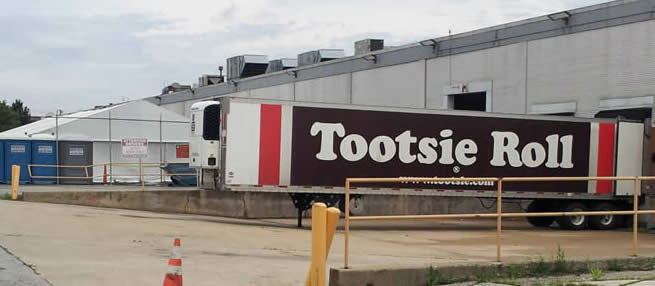Many of the Top Hedge Fund, Mutual Fund, and of Fund Manager in the world have all praised Quality of Earnings and keep it on there top ten book that all investors should read. The book was written By Thornton L. O'Glove in the mid-1980's who was at the time the author of Quality Of Earnings Report. Very few people have read or heard of this book, which is great for anyone who reads this one of the kind book on the quality behind a company's earnings. The book is one of those great books that is very detailed and simple to understand. Quality of earnings goes into detail on how to spot the quality of a company's earnings from operations without the legal gimmicks that company use while still falling in line with GAAP reporting standards.
Earning Quality
The book is about how to interpret a firms true earnings with simple methods and simple math to cut through the accounting gimmicks that firms use to overstate there earnings. The book shows the average investor simple methods and simple math that anyone can use after he shows you in the book what to look for.
Flexible Accounting
He throughout the book shows how companies can use simple flexible accounting gimmicks to inflate earnings that they report to shareholder, while bearing in the footnotes what they did to increase earnings per share. The book show how companies use non operating and non recurring income, low tax rate then what the firm payed the year before, and deferred tax assets to report to shareholders higher earnings per share. Also the book talks about how must investors don't know that most companies keep to differrent kind of books shareholder book and tax book. Any investor with at least a one percent stake in the a company can request a copy of the firms tax book that it keeps for the IRA. In the book O'Glove shows that the company does show to a exent what there tax book look like, the tax sanction of there financial statement. He goes on to show you how to see if the firm shareholder and tax book look similar or are different.
Looking At Inventory
He discuss in the book how important it is to really dig into and look through inventory and account receivable to see what contributed to the number. If investor in 1985 had look into the inventory of Apple (AAPL) would had saw that finished goods inventory had increased a whopping 293% as of March 29, 1985 compared to the previous year. A smart investor would had saw from that massive increase in finished goods inventory that sales for Apple at that time was slowing down an the firm was going to have problems going forward.
Modern Day Example
Tootsie Roll Industries (TR) candy manufacturer which was founded in 1896, which is best known for its Tootsie Rolls and Tootsie Pops. By using what I learned from the book I went through Tootsie Roll Industries two year reported earnings an found that the company has been over stating its earnings to shareholders. The company used deferred tax assets use which on a per share basic $0.01 cent 2013 and for 2012 $0.050, the firm also payed less than $0.027 cent less in taxes per share in 2013, pretax impairment charge of $0.016 cent 2013 and for 2012 where $0.014. The firms 2013 earnings per share from just operations were $0.80 cents one cent less then 2012 earnings of $0.81 cent. Tootsie Roll Industries reported to shareholders $1.02 per share after taking advantage of accounting gimmicks which increase earnings for 2013 by $.0.22 per share. By using what I learned from his book I was able to see with simple math that the firm with accounting gimmicks was able to inflate its earning by $0.22 per share.
Inclose
Going to Amazon on buying Quality of Earnings for $12 dollars would be a great investment for any smart investor who wants to improve there understanding of a firms earnings. Questions to ask yourself while you are analyzing a firms financials and earnings.
- What should you do with non-operating and non-recurring income?
- How do you analyze the status of a company based on declining or increasing expenses?
- What is the difference between shareholder reporting and tax reporting?
- How do you analyze debt and cash flow?
- How do you analyze account receivables and inventory?
- Do dividends matter?
- How do different accounting methods affect the value of a company?

No comments:
Post a Comment